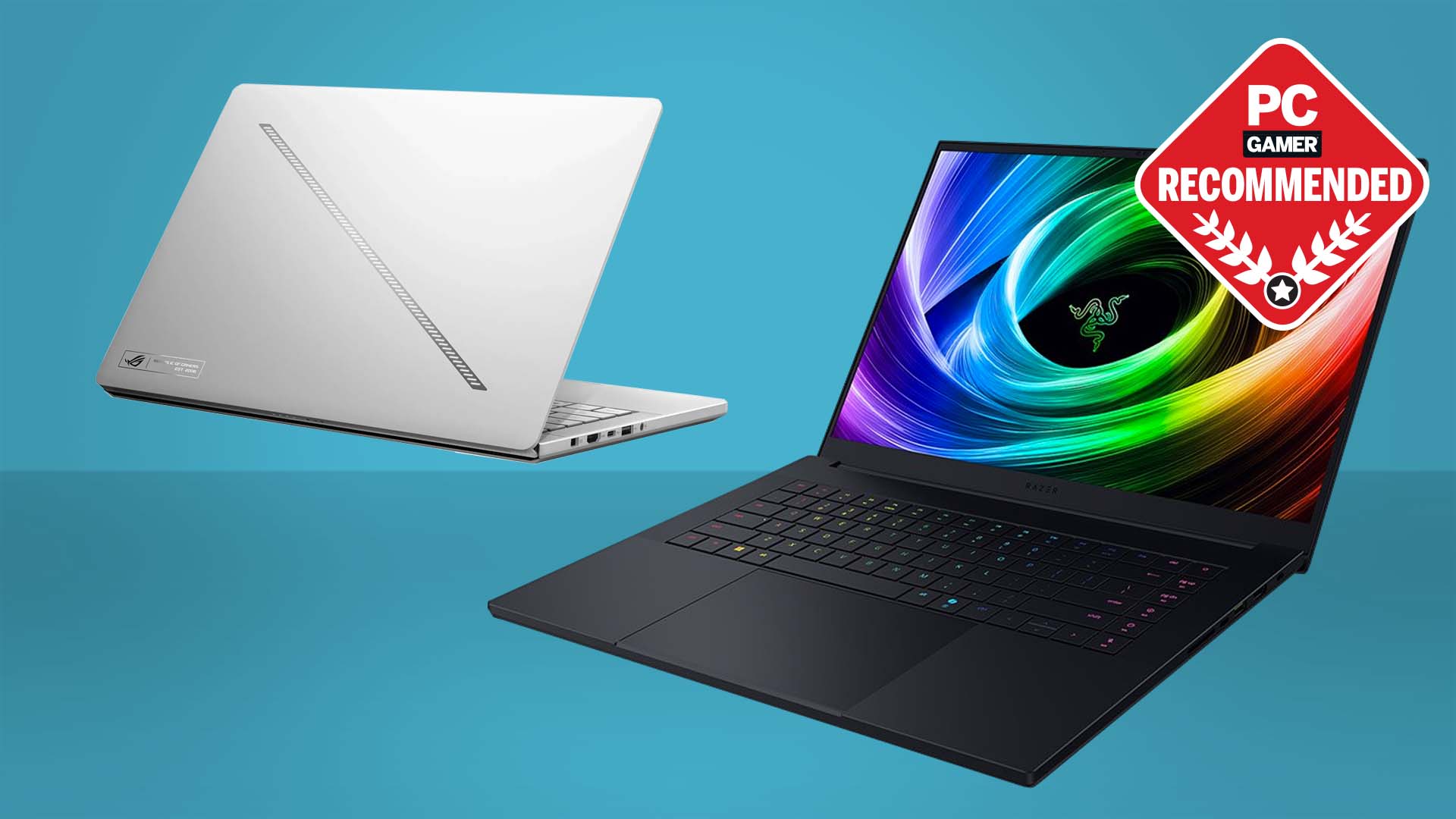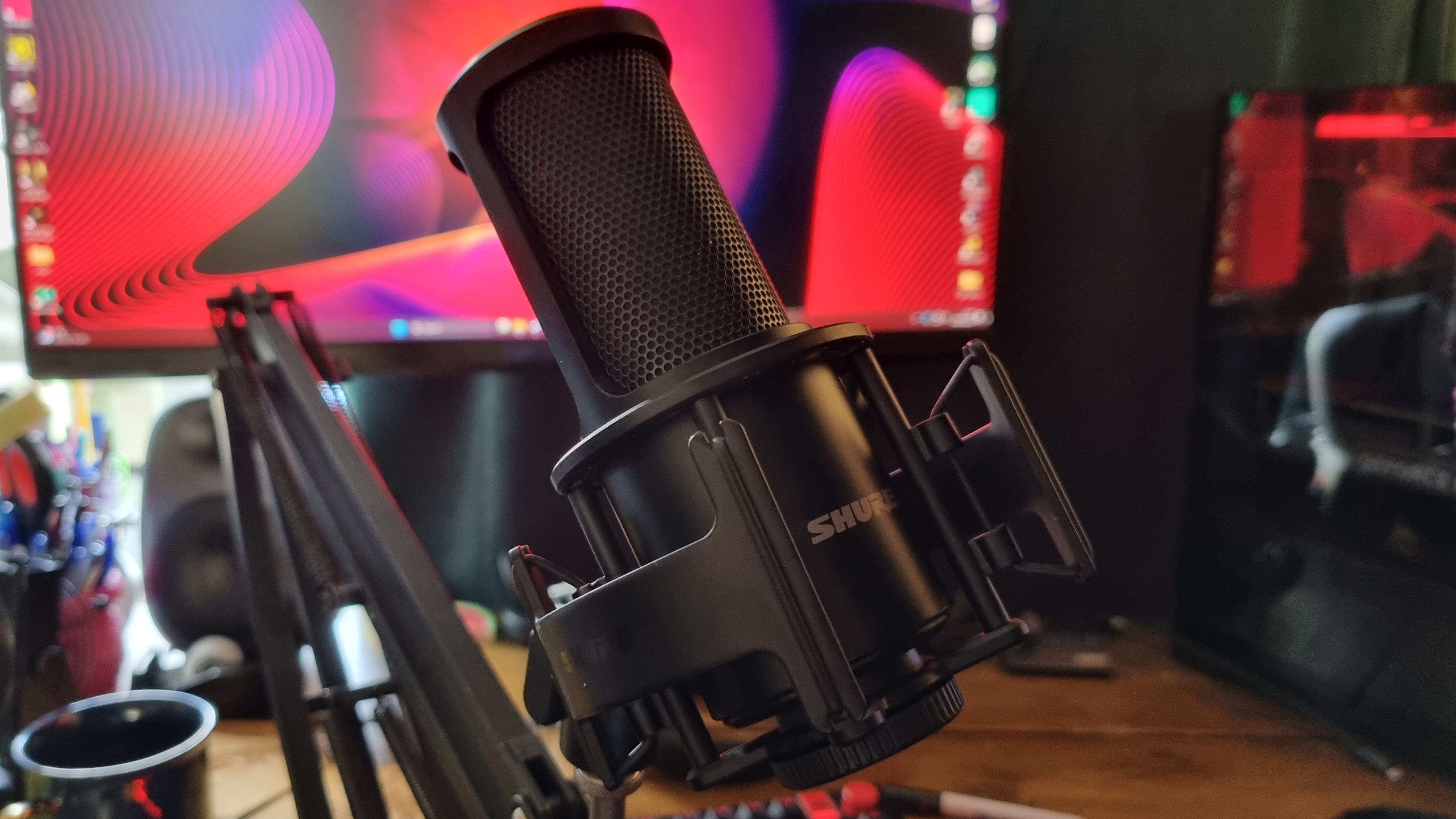Our Verdict
There's active noise cancelling, ambient mode, long battery life, and a long-range wireless connection. A great feature set, then, but the Barracuda Pro is absolutely a worse headset than Razer's far cheaper, and better-sounding BlackShark V2 Pro.
For
- Lots of features
- Long-range wireless
- Solid battery life
Against
- ANC isn't great in games
- Connection static, and sometimes flaky
- Audio is a bit lacklustre
- Over $100 more than better headsets
- Poor mic clarity
PC Gamer's got your back
I love a wireless gaming headset. It's a failing of mine that I like to think of myself as a bit audiophile-curious, but can be counted upon to ditch a pair of great-sounding headphones for a good set of cable-free cans simply because I can wander off to midnight-raid the fridge without disconnecting.
The Razer Barracuda Pro ought to be an absolute winner for me, then. One, because its wireless connection actually does stretch to my fridge without cutting out, and two, because the headset that made me shelve my lovely wired planar magnetic headphones was the Razer BlackShark V2 Pro and theoretically this should be an upgrade.
The Barracuda Pro uses essentially the same drivers, but with a bio-cellulose speaker diaphragm as opposed to the titanium-coated version used in the BlackShark Pro V2. That should mean you get the same high quality, detailed audio, but with a slightly softer, warmer sound.
But this time around the 50mm Razer TriForce drivers are built into a chassis that looks every bit like some lifestyle-oriented set of Sony cans. They're designed specifically not to look like a gaming headset, and they're pretty slick for it. There's no jutting out mic, or gaping hole from which one has been yanked. In fact the microphone is actually built into the headset itself.
And Razer has also held back from shading in their logo on each earcup with its aggressive green, something I wish it would do on the Razer Blade 14.
So the Barracuda Pro is certainly a more lifestyle-oriented headset, and that's confirmed by the active noise cancelling, ambient noise, and dual-wireless connection features. The ANC is pretty effective, giving you an aural shield between you and the outside world, though will inevitably compromise its promised 40 hour battery life.
I have to say, I'm not a huge advocate of using ANC for a long time, however. I find it too oppressive and it makes me feel fatigued to the point where, after a few hours use, I want to be free of the headset for a while.
Keep up to date with the most important stories and the best deals, as picked by the PC Gamer team.
That's nothing to do with the comfort of the plastic frame; it's solid, doesn't try to crush the skull, and the cushioned earpads feel good against my head. They're not massively secure, though, it has to be said. Lounging back on my sofa, playing The Quarry projected onto my living room wall, the Barracuda Pro kept wanting to slide back off my head.

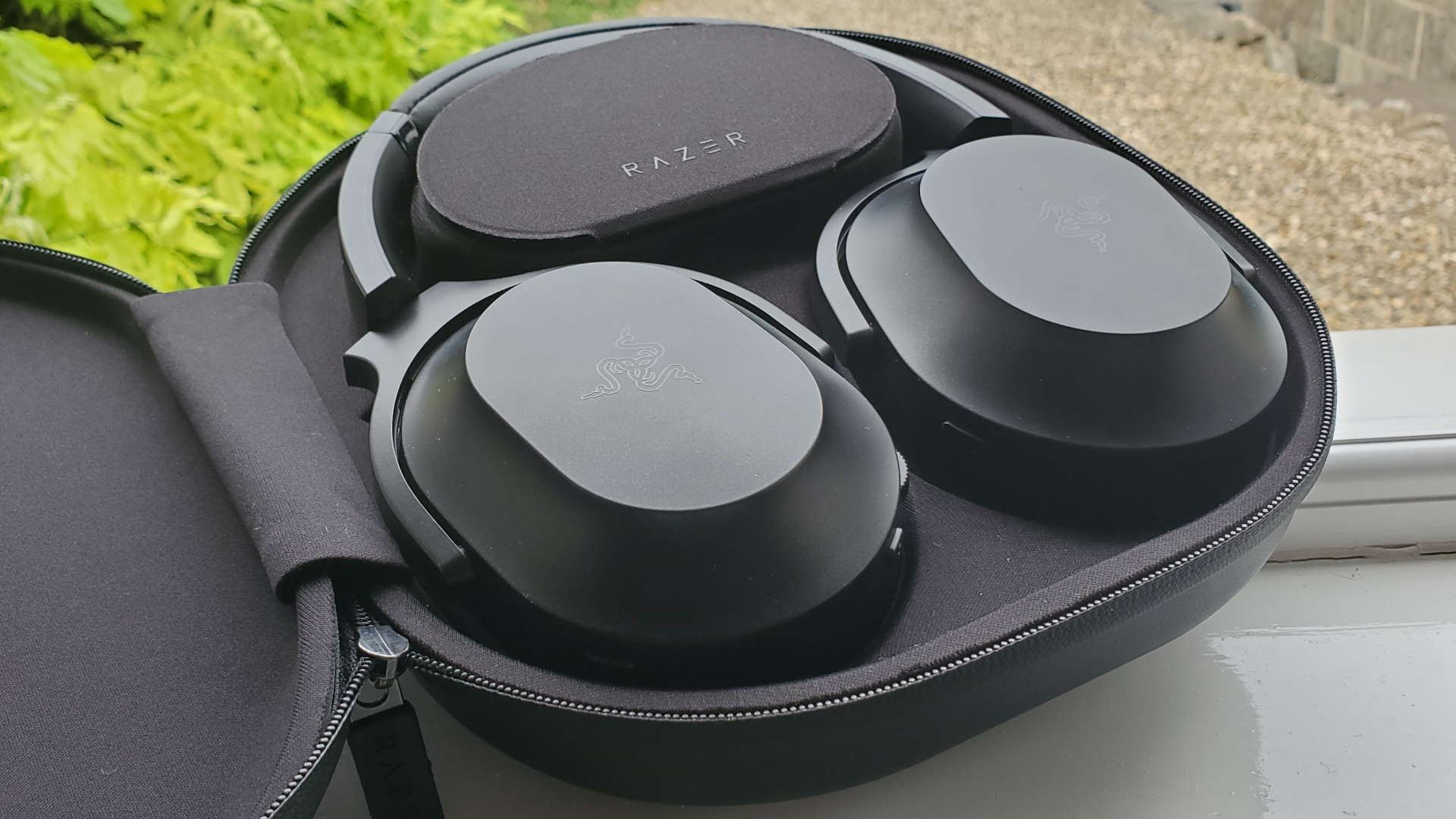
The headset has both Bluetooth and wireless 2.4GHz connections, and will actually allow you to be connected to both at the same time. That sounds weirder than it is in actual use.
The ANC is a bit funky in games, where I've experienced some audio artefacting, but it's very effective when listening to music or podcasts. My main issue is that it brings any soundscape in super-close around my ear holes. And that's tiring after a while, even with the different levels you can pick via the Razer Audio app on your phone.
Yes, there's an app.
The ambient mode is designed for when you're on the go, or need to hear the baby if it starts squeaking upstairs while you're gaming late at night. It processes the outside world and filters it in via the headset's drivers, which sounds as artificial as you probably expect. It's useful, but not necessarily pleasant, especially with my penchant for mechanical keyboards meaning that is the dominant ambient sound the Barracuda Pro likes to pick up.
That touted dual-wireless connection isn't just about the fact that the headset has both Bluetooth and wireless 2.4GHz connections, and will actually allow you to be connected to both at the same time. That sounds weirder than it is in actual use. It means you can plumb the headset into your phone via Bluetooth, so you can listen to podcasts and music while you're out and about, and then at the double-press of a button on the earcup you can switch to Hyperspeed Wireless and connect to your PC. The neat thing is that it will remain connected to your phone allowing you to hear it ringing when someone calls, and you can chat to them without having to frantically pull off your headset and find your cellphone.
It doesn't have to be a distraction, either, as the app allows you to set a 'do not disturb' mode so you can continue to ignore people trying to actually form some sort of human connection over the phone. I mean, how dare they?
Feature-wise, it all sounds fine. In practice, however, I'm more than underwhelmed. As much as you might appreciate the isolation of active noise cancellation while you're gaming, I've experienced audio artefacts, which add an odd tonal quality to the game sound. Turning it off, and all's good, however. Maybe not 'good' actually. Fine. Because that's as positive as the aural experience really gets with the Barracuda Pro.
The BlackShark V2 Pro ostensibly uses the same TriForce drivers, but the frequency range on them is much wider than the resolutely 20Hz - 20,000Hz of the Barracuda Pro. And I know frequency response isn't everything, but they don't feel as rich as my favourite wireless cans, and are a bit harsh on the high-end tones when I've been traversing the battlefield in Battlefield V.
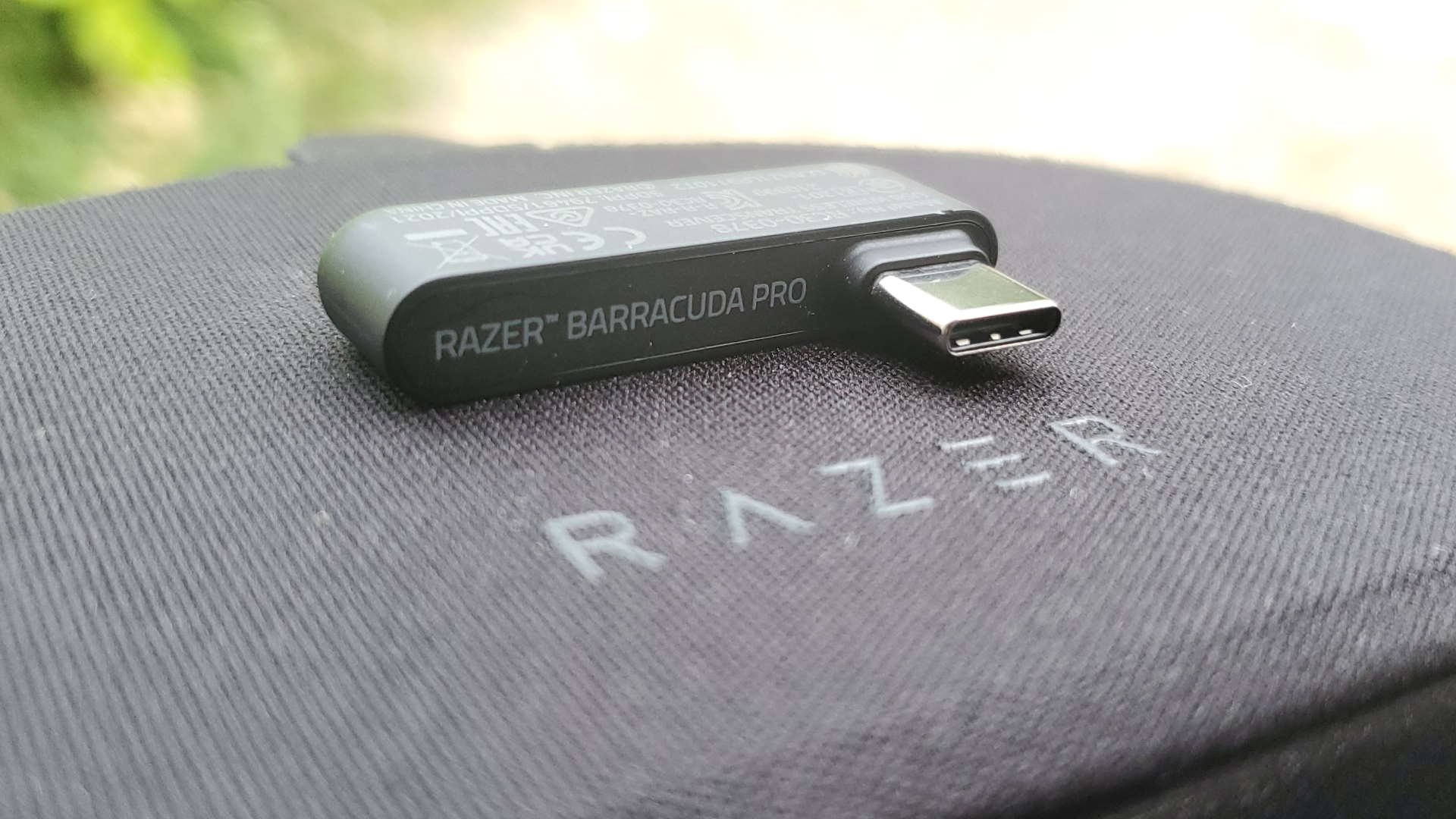
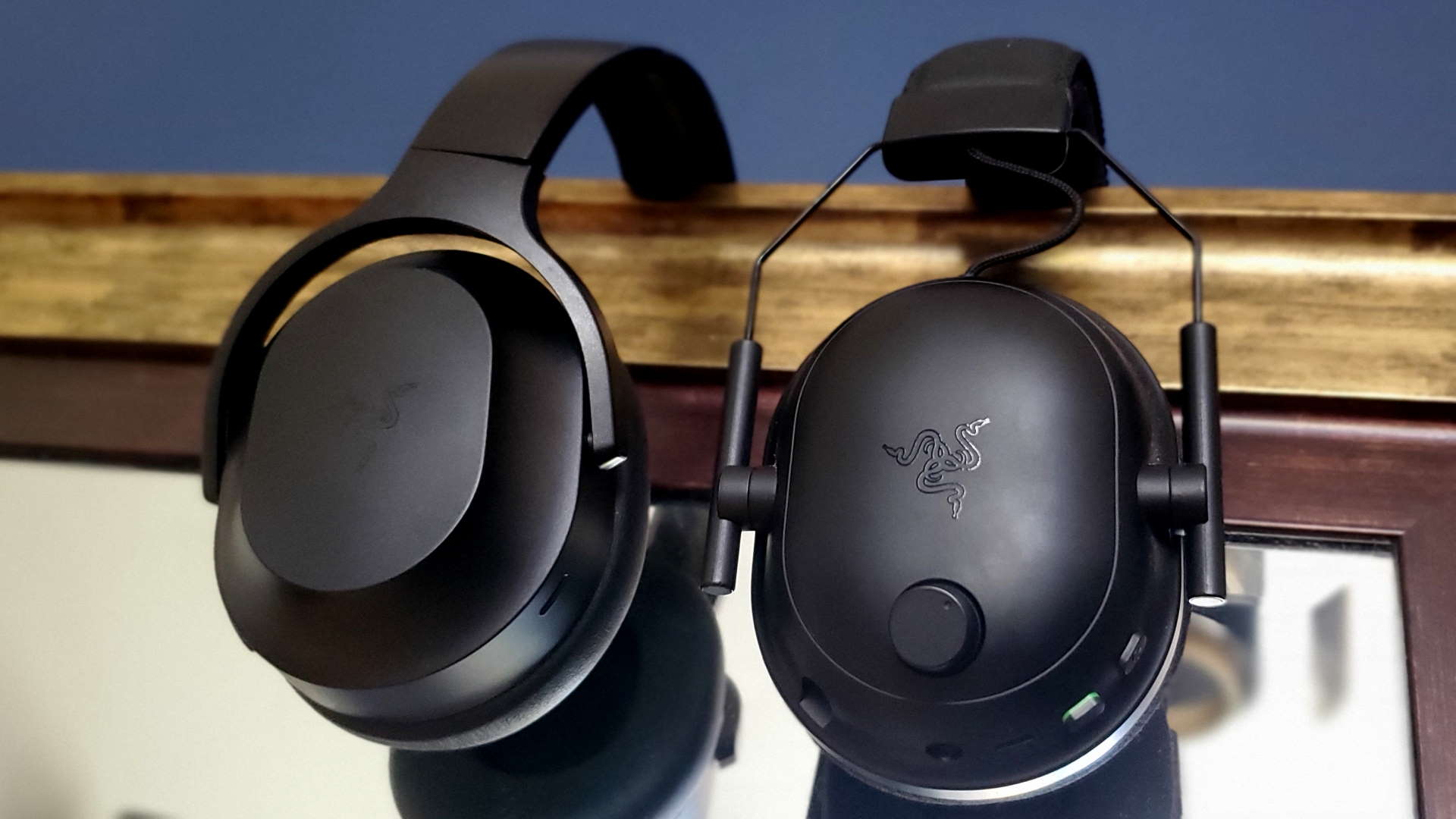
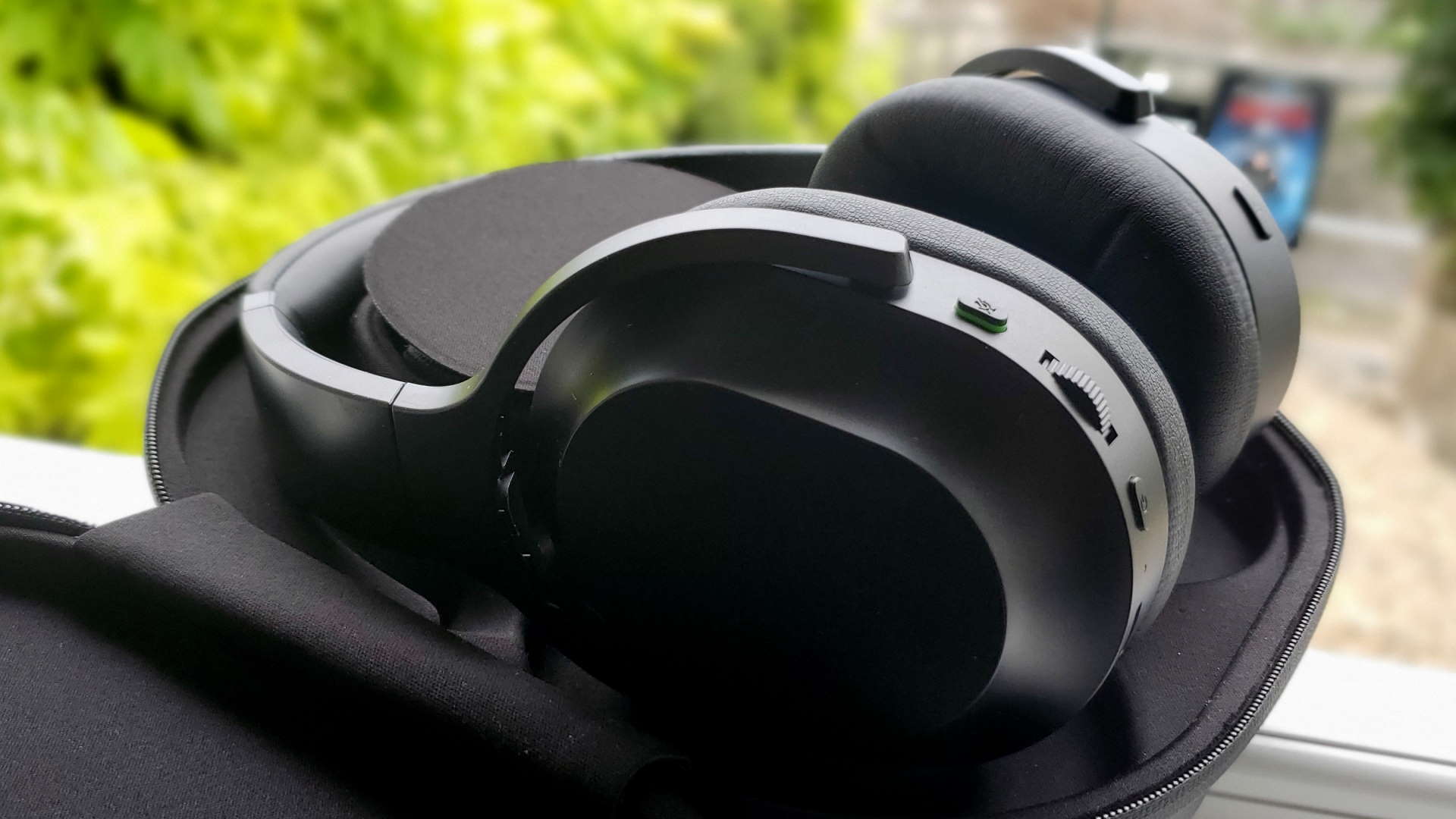
Razer has made a worse lifestyle headset than its best gaming headset, charging almost $100 more for it.
I've been using one set of Barracuda Pros in the office and another at home, and my home set has been suffering from disconnects, which I feel is a cardinal sin when it comes to wireless audio. It's intermittent and only on one set, so it's not a pervasive issue for sure, but it's a concern.
One thing I've noticed across both, though, is the electrical interference on the Hyperspeed Wireless connection. When there's no audio playing through them there's a noticeable level of static, and that's something I've never experienced with the larger Hyperspeed Wireless dongle of the BlackShark V2 Pro headset.
With all that I'd almost forgotten to mention the microphone. It's built into the headset so you don't have to deploy any hidden mic, or dig a detachable one out of your bag to use it. And I'd almost forgotten about it because I simply don't use it. I've been testing this headset for a while, and just haven't been able to use them in meetings or voice chat because the beamforming dual-mic just isn't loud or clear enough no matter what I do in Windows.
Which all means that now I've finished my testing and about to put the final full stop on this review, the Barracuda Pro is back in its solid black carry case and filed in the PC Gamer kit cupboard. Next to the Ark of the Covenant. Because, while it should tick all the boxes, somehow Razer has made a worse lifestyle headset than its best gaming headset, and is charging almost $100 more for it.
There's active noise cancelling, ambient mode, long battery life, and a long-range wireless connection. A great feature set, then, but the Barracuda Pro is absolutely a worse headset than Razer's far cheaper, and better-sounding BlackShark V2 Pro.

Dave has been gaming since the days of Zaxxon and Lady Bug on the Colecovision, and code books for the Commodore Vic 20 (Death Race 2000!). He built his first gaming PC at the tender age of 16, and finally finished bug-fixing the Cyrix-based system around a year later. When he dropped it out of the window. He first started writing for Official PlayStation Magazine and Xbox World many decades ago, then moved onto PC Format full-time, then PC Gamer, TechRadar, and T3 among others. Now he's back, writing about the nightmarish graphics card market, CPUs with more cores than sense, gaming laptops hotter than the sun, and SSDs more capacious than a Cybertruck.
